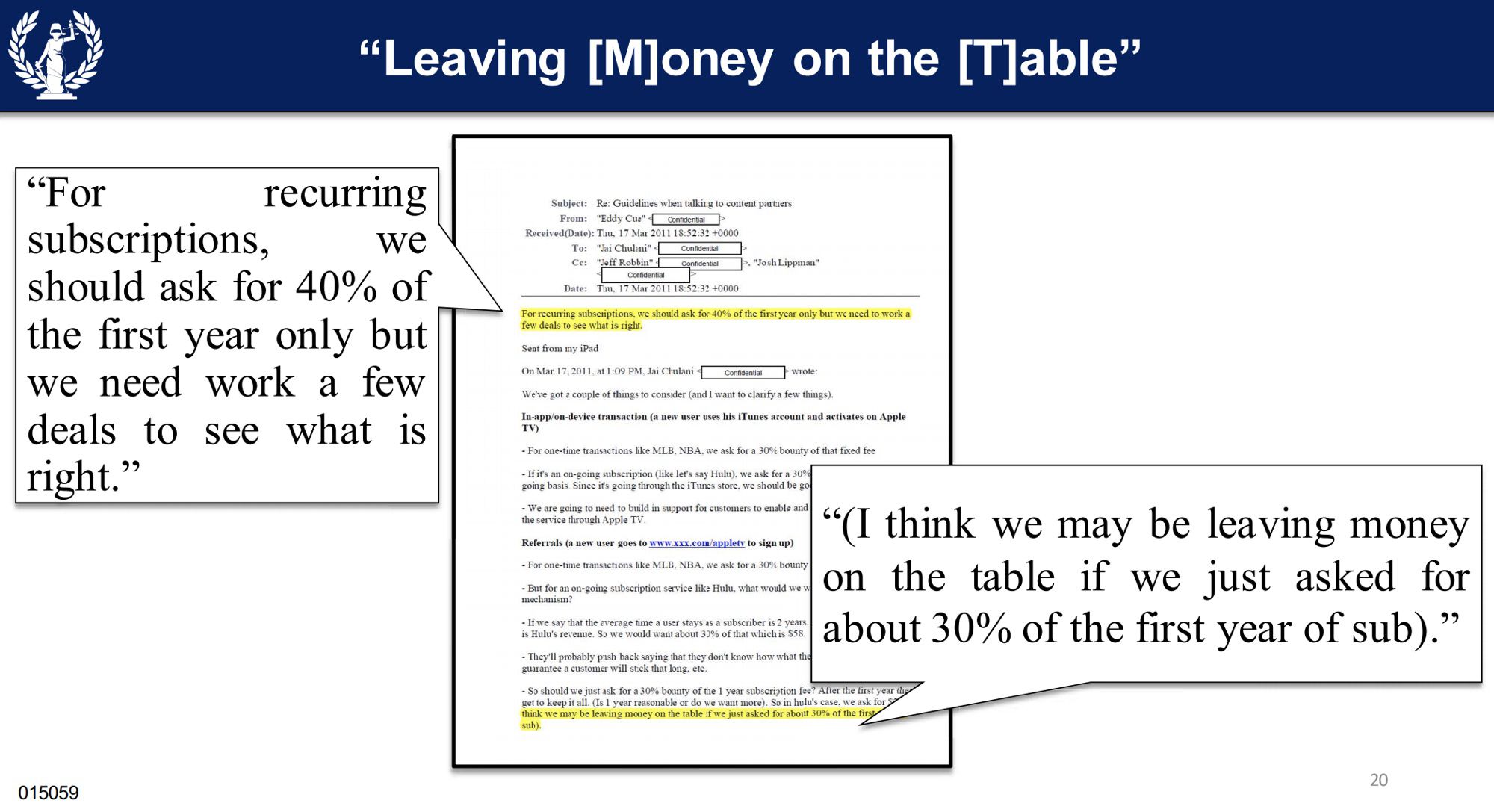You are completely correct. Look at the the 10th generation Comet Lake processors. They are just plain bad. Despite Intel advertising that they are 45W chips - that only applies with turbo boost disabled. It has been tested they can pull up to 135W under load. That is just crazy - no wonder Apple doesn't see fit to update the 16" macbook Pro with them.
Part of this however is misunderstanding what TDP means. Intel defines TDP as power under sustained load running on full cores at
base frequency. To put it differently: they guarantee that if you load up all the cores with work and limit maximal power dissipation to the TDP, the CPU will run at least at base frequency. This is why TDP is more of a marketing term rather then a technical one. Turbo boost is completely circumstantial.
That said, I believe that there are a lot of issues with Intel parts. In no particular order:
- You actually need to run the CPU at higher TDP in order to get a noticeable performance improvement from the previous generation (this was the source of complaints about the 15" MBP which people claimed were underperforming while they were just following the Intel's spec)
- Intel's strategy for high-performance parts is just to try to cram more cores into the SoC and fine-tune the turbo boost curves so that they can claim performance improvements. The power spikes that result from this are ridiculous and unpredictable.
- Intel's strategy is bad for user psychology, since it cultivates this "if I give more power to my CPU it will run slightly faster" thing. This makes users expect that their laptop CPUs run at what essentially are desktop-level power levels for an under 5% increase in performance. This is entirely Intel's fault since they let their mobile parts reach those power levels in order to claim better performance
- Intel's marketing uses dishonest and misleading tactics. I already mentioned the unpredictable power draw ranges or the fact that the better performance is only possible when you run your mobile CPU in a desktop setting. My favorite one is "Thermal Velocity Boost", where you can get a very brief clock burst of 200mhz if your CPU is running under 60C (which is basically never in a laptop setting). This allows them to sell i9 CPUs as 5.0Ghz parts while in reality they are 4.8hz parts, further inflating user expectations
My last comment on our post: one possible reason why we don't see Comet Lake on MBP yet is simply because it offers nothing of value compared to Coffee Lake R. Comprehensive benchmarks show that i9-10980HK performance is within margin of error compared to i9-9980HK. So why even bother?


